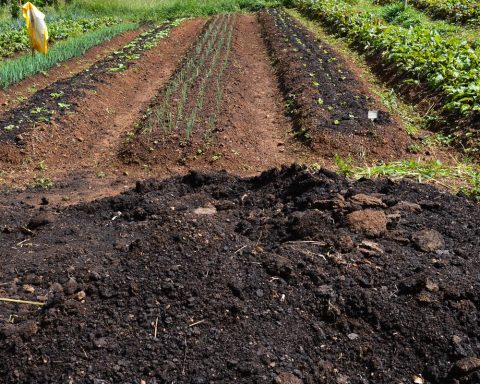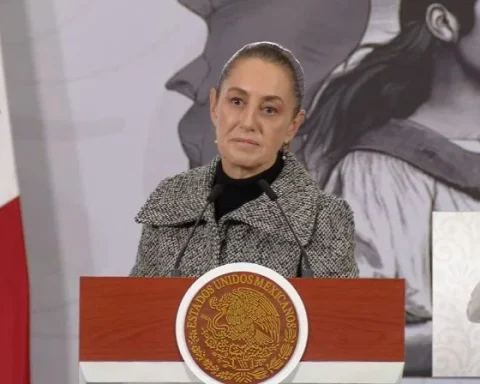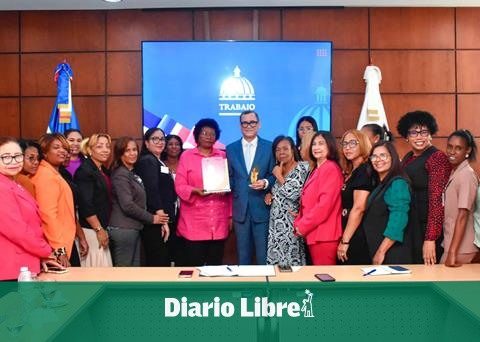The decision of the Central Bank (BC) to maintain the Selic rate (basic interest rate of the economy) at 13.75% per year is agreed and keeps interest rates at levels that allow inflation to fall, evaluate entities of the productive sector. For the National Confederation of Industry (CNI), there are conditions for interest rates to begin to be reduced soon.
“The interest rate at this level [13,75% ao ano] has restricted economic activity and is sufficient to guarantee the continuity of the deceleration of inflation. The successive rises in interest rates have already shown their results on inflationary expectations. The Focus Bulletin itself predicts lower inflation at the end of 2023,” said CNI president Robson Braga de Andrade in a note.
The confederation informed that it hopes that the continuation of the downward trend in inflation will create conditions for the Monetary Policy Committee (Copom) to start the process of reducing the Selic soon. The CNI points out that real interest rates (above inflation) are around 8% per year, which represents four percentage points above the neutral interest rate, which is the one that neither stimulates nor discourages economic activity. The entity pointed out that Brazil has one of the highest real interest rates in the world.
firjan
The Federation of Industries of Rio de Janeiro (Firjan) informed, in a note, that it considered the Copom’s decision to maintain the Selic rate at 13.75% per annum to be correct.
Firjan informed that recent data on economic activity already show signs of deceleration in the Brazilian economy. ??[Isso] it also increases the importance of advancing in assertive policies that guarantee the anchoring of expectations about inflation, without reducing business confidence and interrupting the ongoing growth process”, says the note.
The industry class entity highlighted the need for the country’s direction towards a responsible fiscal policy and an agenda of structural reforms to be clear. “This path will make room for a lower interest rate and will make economic and social development viable in the coming years”.


















